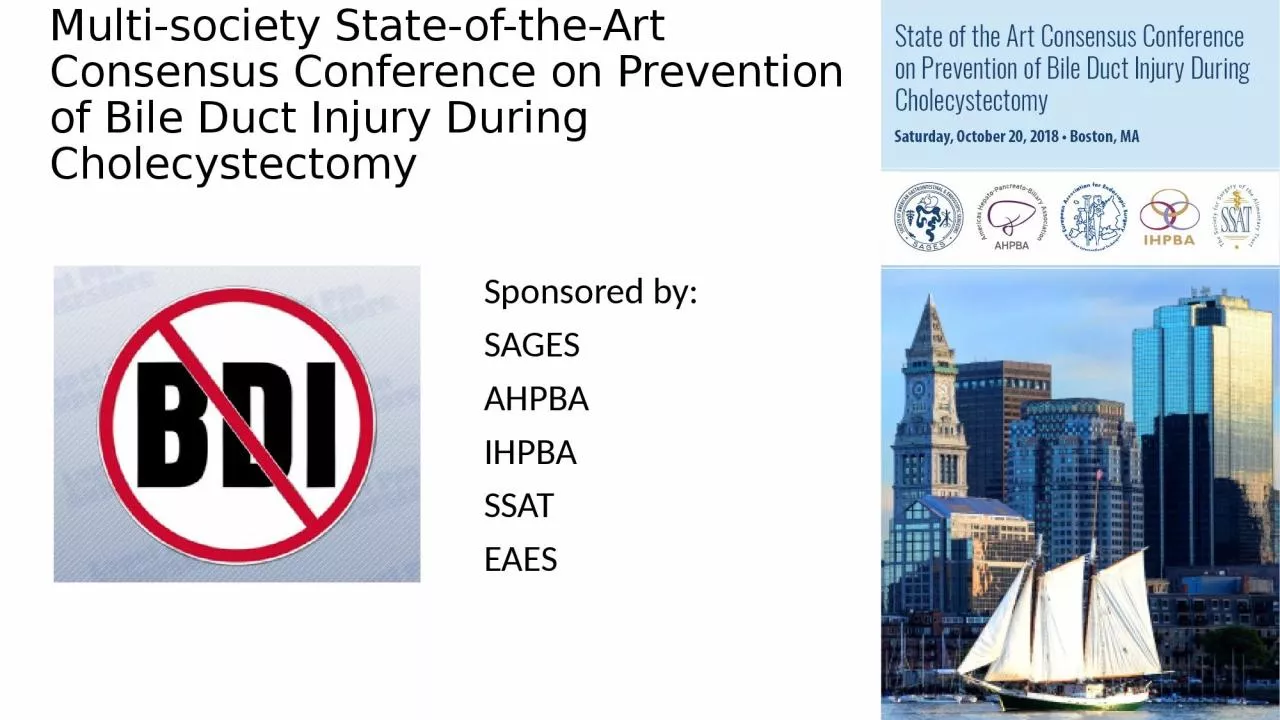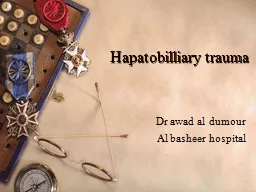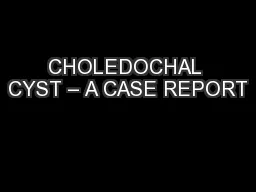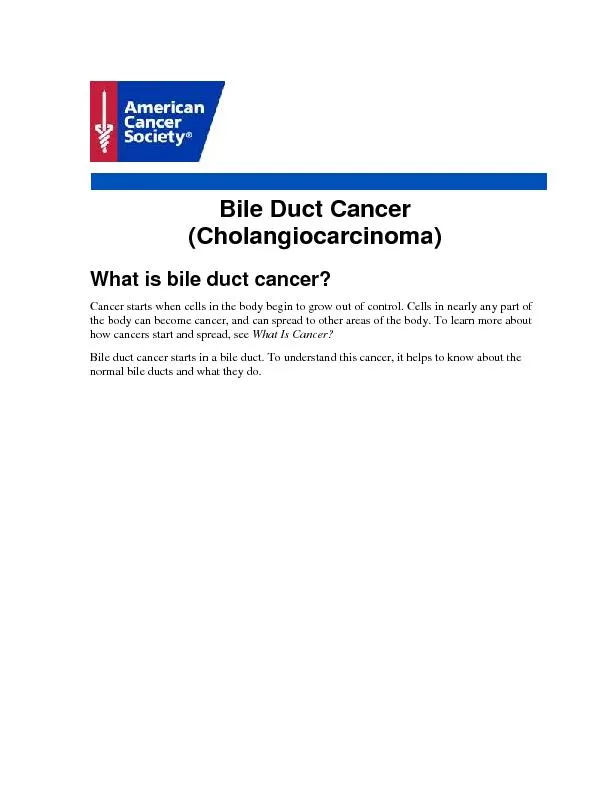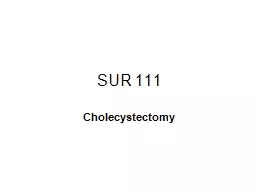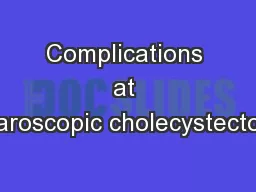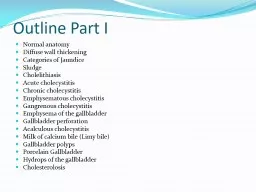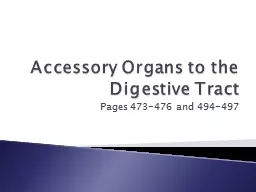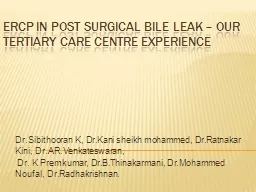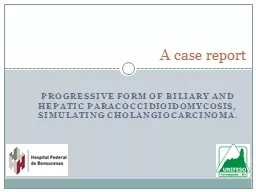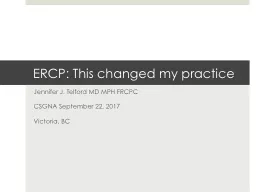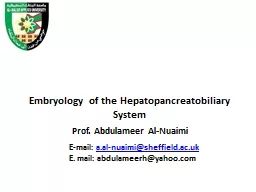PPT-Multi-society State-of-the-Art Consensus Conference on Prevention of Bile Duct Injury
Author : bethany | Published Date : 2023-05-20
Sponsored by SAGES AHPBA IHPBA SSAT EAES PICO 4 Should intraoperative biliary imaging eg intraoperative cholangiography ultrasound versus no intraoperative biliary
Presentation Embed Code
Download Presentation
Download Presentation The PPT/PDF document "Multi-society State-of-the-Art Consensus..." is the property of its rightful owner. Permission is granted to download and print the materials on this website for personal, non-commercial use only, and to display it on your personal computer provided you do not modify the materials and that you retain all copyright notices contained in the materials. By downloading content from our website, you accept the terms of this agreement.
Multi-society State-of-the-Art Consensus Conference on Prevention of Bile Duct Injury: Transcript
Download Rules Of Document
"Multi-society State-of-the-Art Consensus Conference on Prevention of Bile Duct Injury"The content belongs to its owner. You may download and print it for personal use, without modification, and keep all copyright notices. By downloading, you agree to these terms.
Related Documents

